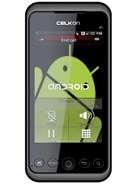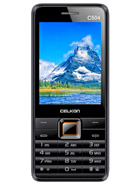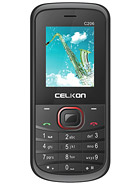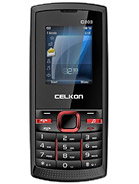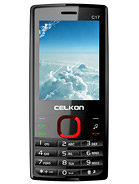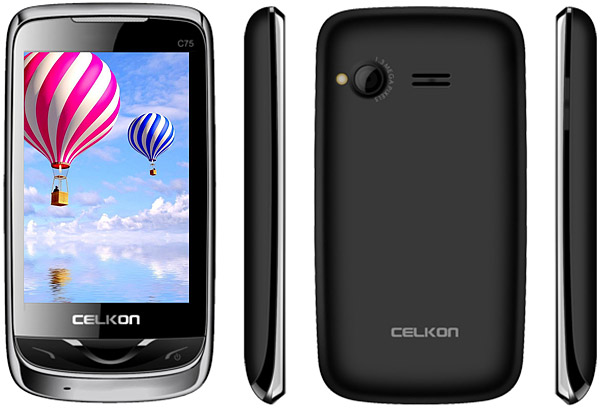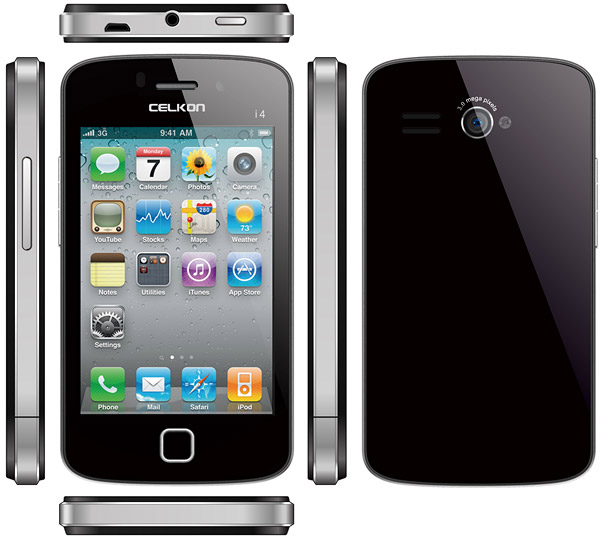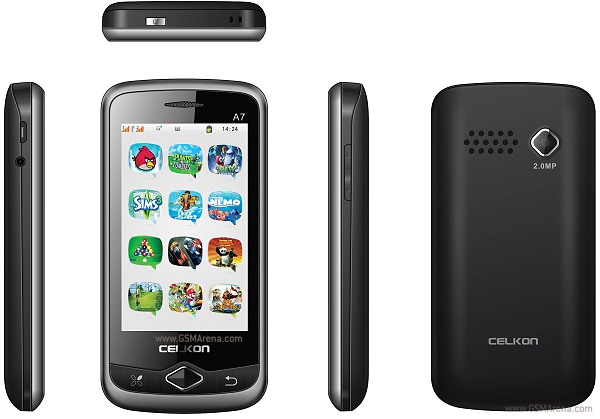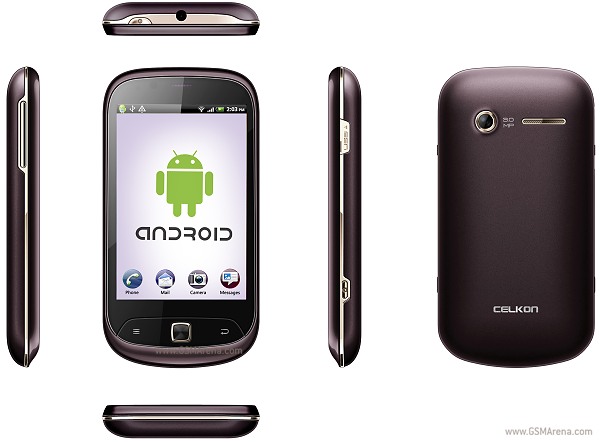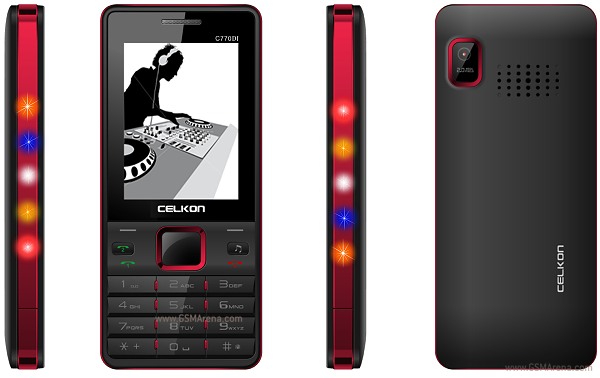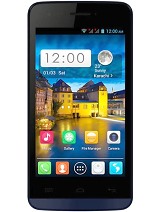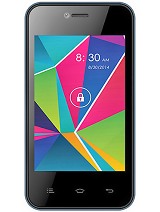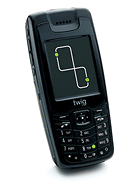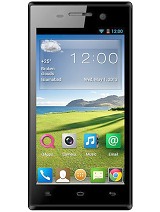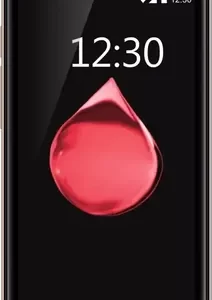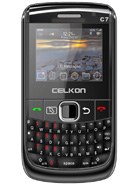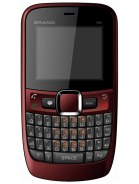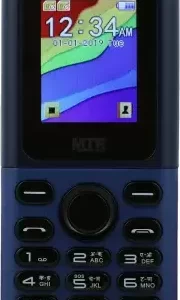Celkon A1 Overall Review
The Celkon A1, released in 2011, was an Android 2.2.1 (Froyo) smartphone targeting the budget market. While it wouldn’t impress users seeking high-end features or a powerful device, it offered a basic smartphone experience at an affordable price point back in the day. Let’s explore its specifications:
- Display: 3.2-inch TFT display with 240 x 400 pixels resolution (low resolution by today’s standards)
- Network: GSM network with 2G connectivity (basic calling, texting, and WAP browsing)
- Processor: Undisclosed processor (likely low-end by 2011 standards)
- RAM: Unknown RAM capacity
- Storage: Limited internal storage, expandable via microSD card (maximum capacity not specified)
- Camera: 2.0MP rear camera (capable of capturing low-resolution images and videos)
- Battery: 1000 mAh (talk time and standby time unspecified by manufacturer)
- Additional Features: Bluetooth, SMS, MMS, Email (possibly), Music Player, Video Player, Java applications
The Celkon A1 offered basic smartphone functionalities like email (possibly), web browsing (limited by WAP and slow 2G speeds), and app support through Java applications. However, its low-resolution display, limited RAM and storage, and outdated software wouldn’t be suitable for running modern apps or handling demanding tasks.
